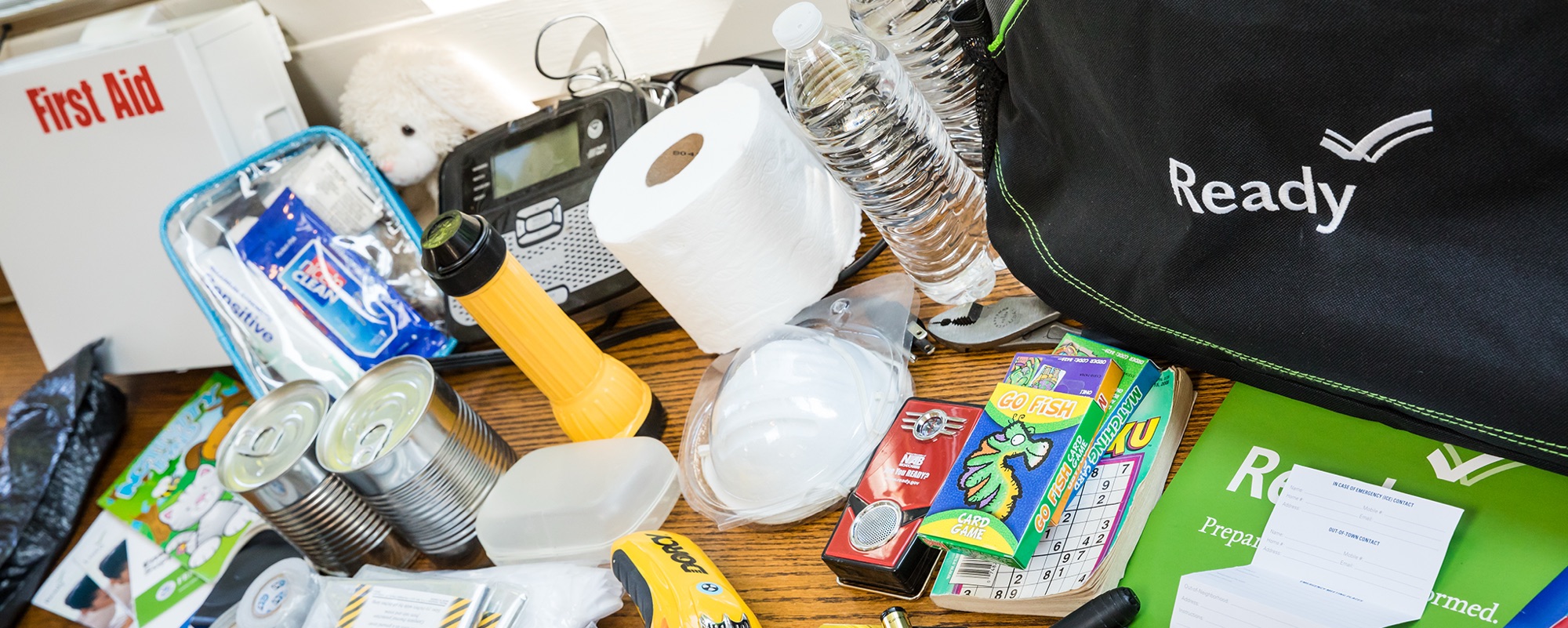Building Your Physical Preparedness—Practical Steps for Every Family (Part 2 of 3)
Taking Action in Faith
In the first part of this series, we discussed how preparedness is not just a practical necessity but a biblical principle. Today, we’re diving into the physical side of preparedness—how to ensure you and your family are ready to face emergencies through the lens of faith. But remember, this isn’t about hunkering down in fear—it’s about equipping yourself so that you can be a beacon of hope and help to others in times of crisis.
Step 1: Building Your Emergency Kit
One of the first steps in preparing physically is to assemble an emergency kit that will sustain you and your family for at least three days. According to Ready.gov, the basic supplies you’ll need include water, non-perishable food, a flashlight, first aid supplies, and important documents. But as Christians, we can think beyond our own needs and include items that might help others in our community.
Basic Emergency Kit Essentials:
- Water (one gallon per person per day for at least three days)
- Non-perishable food (three-day supply)
- Battery-powered or hand-crank radio
- First aid kit
- Medications
- Flashlight and extra batteries
- Local maps
- Cash or traveler’s checks
Don’t forget to consider the unique needs of your family, such as items for infants, elderly members, or pets. And think about adding extra items to share with neighbors in need.
Step 2: Food and Water Storage
One of the most critical aspects of preparedness is having enough food and water to last through an emergency. You don’t need to go overboard; start small by building up a three-week supply and then a three-month supply over time.
Consider storing foods that don’t require refrigeration, such as canned goods, dry pasta, and freeze-dried meals. If you’re inclined, you can also learn food preservation techniques like canning and dehydrating, which are excellent ways to stock up on food while being self-sufficient. Proverbs 6:6-8 reminds us to look at the example of the ant, who stores food in summer and gathers provisions during harvest.
Food Storage Tips:
- Rotate your stockpile regularly so it doesn’t expire.
- Store foods your family enjoys eating.
- Don’t forget about water—store at least one gallon per person per day.
- Consider investing in a water purification system for longer-term needs.
Step 3: Ensuring Home Safety
Your home is your primary shelter in times of disaster, so it’s important to assess its safety. Do you have an emergency evacuation plan? Have you identified the safest spots in your home during a natural disaster like a tornado or earthquake? Do you have smoke detectors and fire extinguishers in place?
Make sure to review your emergency plans with your family and practice them regularly. This will not only help your family feel more prepared but will also give them peace of mind knowing that they are ready to face whatever may come.
Call to Action: Start Small
If you’re new to physical preparedness, don’t feel overwhelmed. Start with small steps—gather a basic emergency kit, begin building a food and water supply, and review your home’s safety plan. Remember, it’s about progress, not perfection. And don’t forget to seek God’s guidance in each step of your journey.






